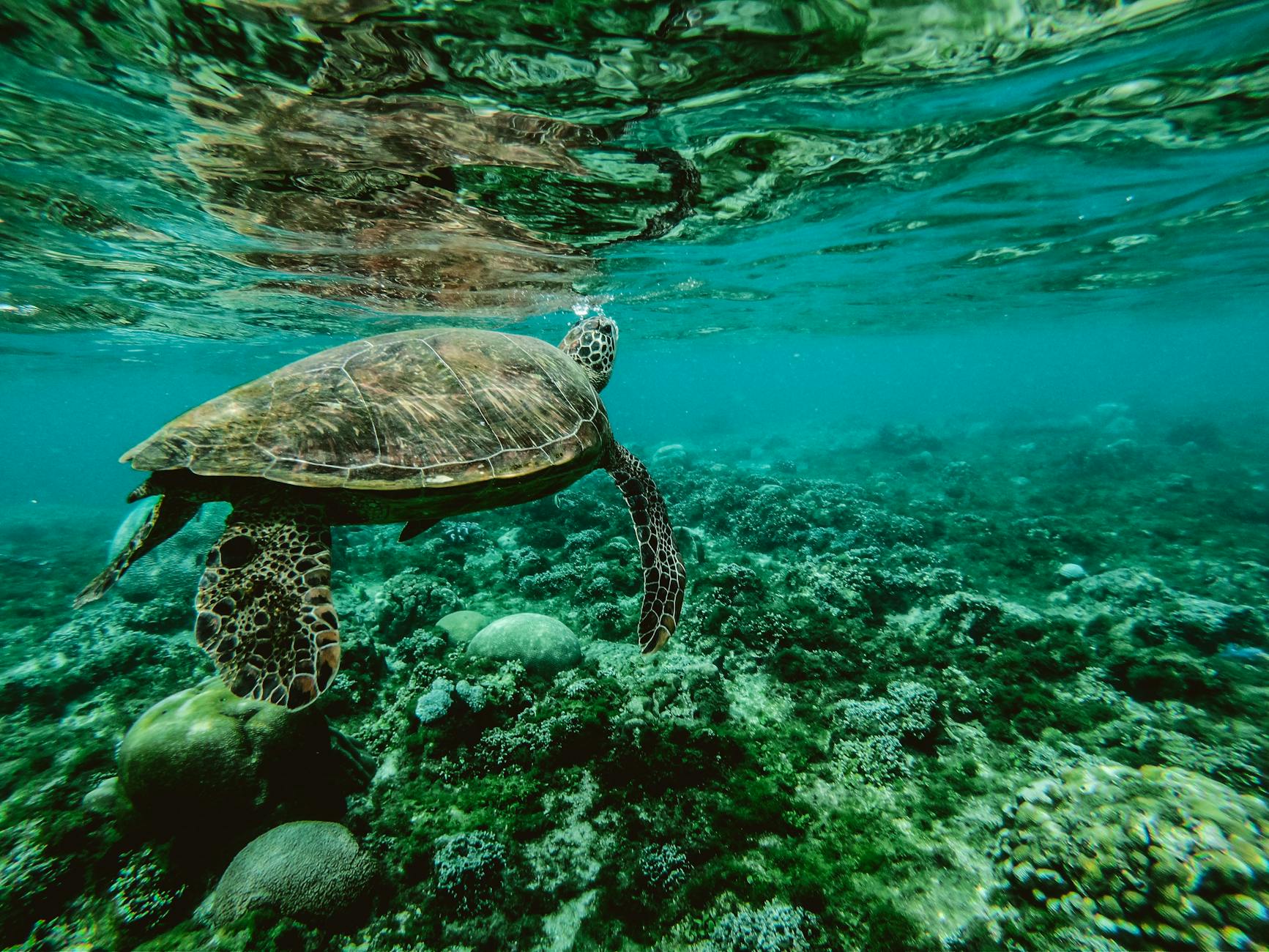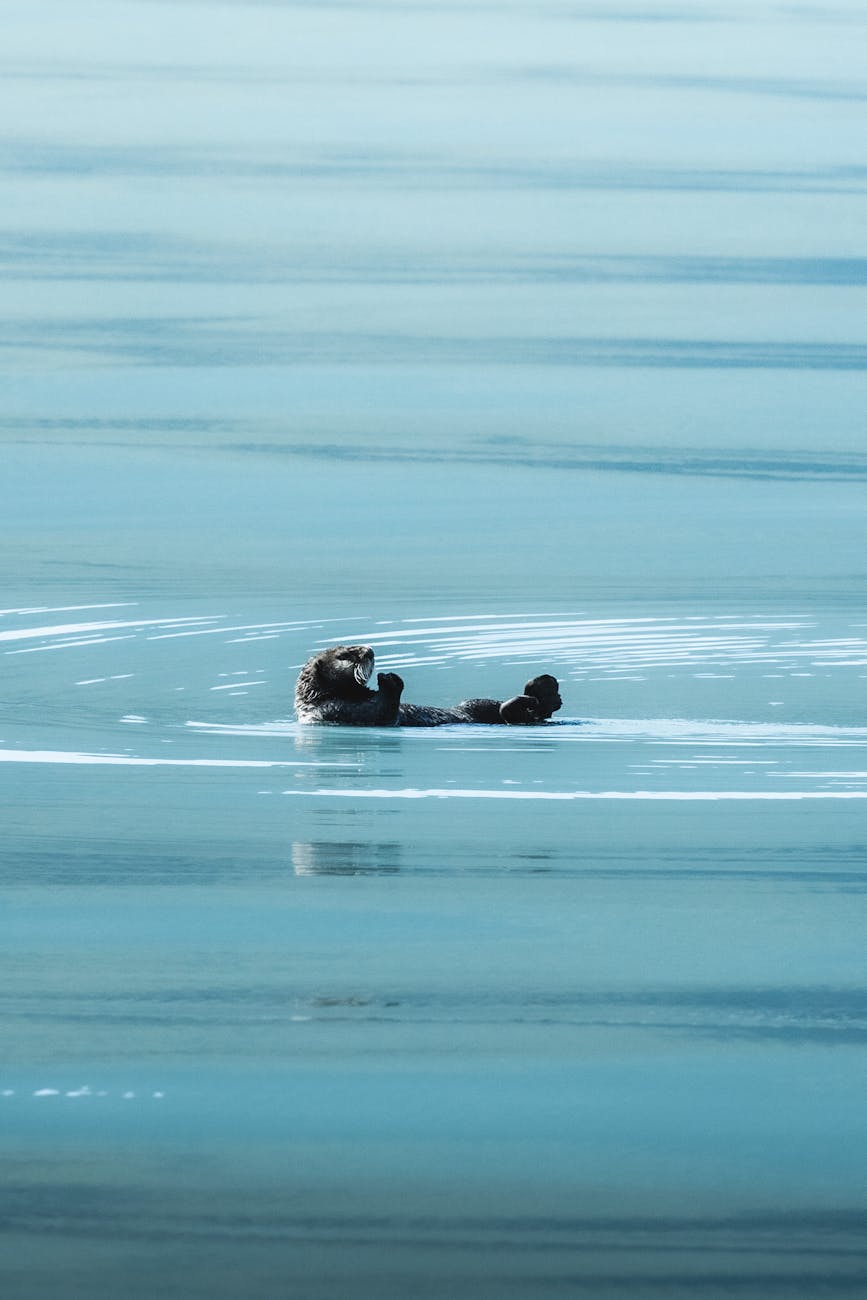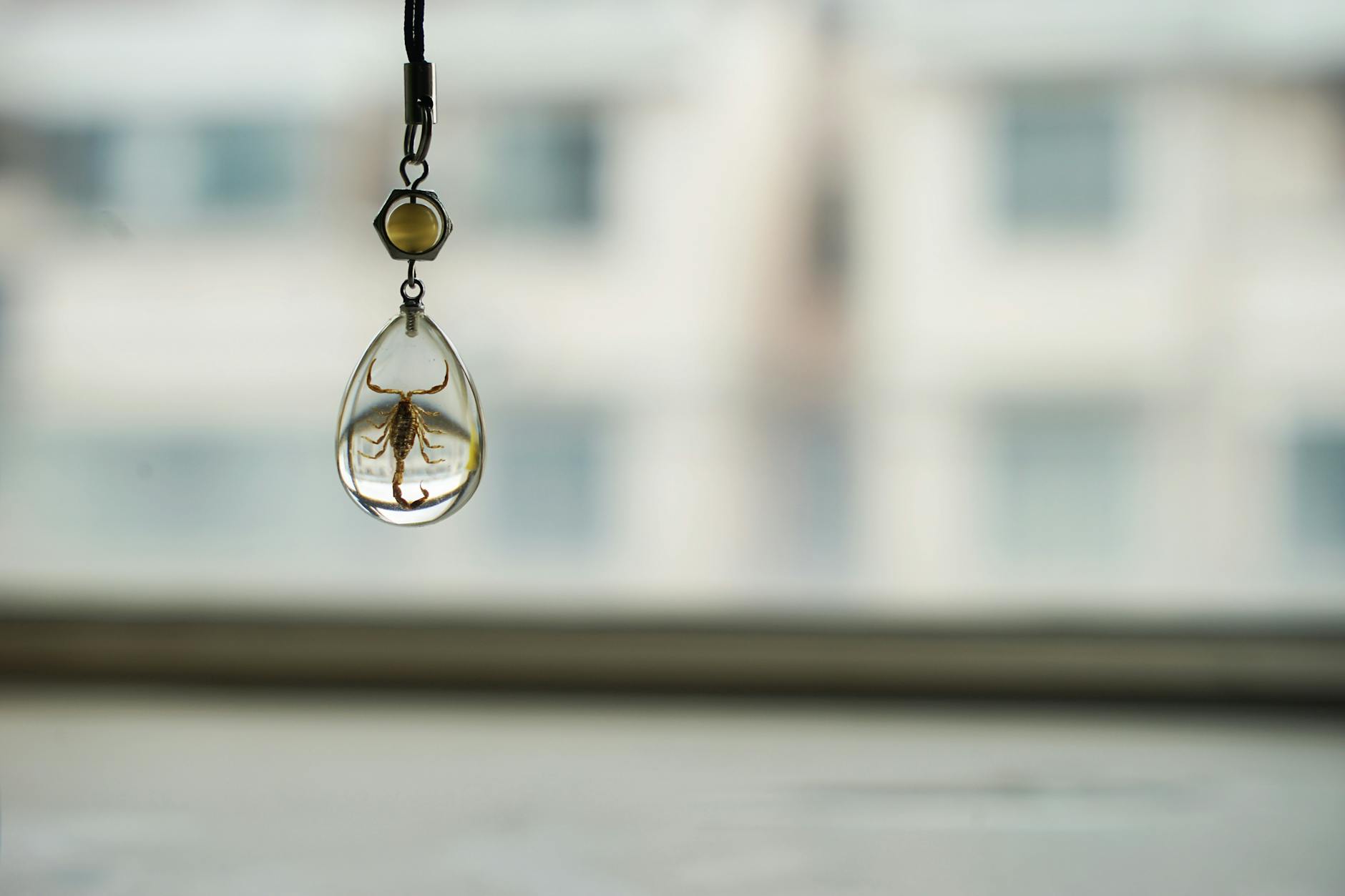Archiwum Historii Zwierząt
Odkryj fascynujące historie zwierząt z poprzednich dni. Każda historia to nowa przygoda i wiedza o niesamowitym świecie natury.

Koń
Seahorses lack stomachs and must eat constantly to survive.
They are poor swimmers, relying on camouflage and slow movements to avoid predators.
They have prehensile tails to grip seagrass and corals, avoiding strong currents.


Żółw morski
Sea turtles can migrate thousands of miles between feeding and nesting grounds.
They return to the same beach where they were born to lay their eggs.
The temperature of the nest determines the gender of the hatchlings.


Sea otter
Sea otters have the densest fur of any animal, with up to 1 million hairs per square inch.
They use rocks as tools to crack open shellfish while floating on their backs.
Sea otters hold hands while sleeping to prevent drifting apart.


Lew morski
They are intelligent and can be trained to perform complex tasks.
Sea lions can rotate their hind flippers forward to walk on land.
They are highly social and communicate through barks, growls, and body language.


Sea cucumber
They breathe through their anus by pumping water in and out of their respiratory tree.
Sea cucumbers can eject their internal organs as a defense mechanism and later regenerate them.
They play a crucial role in ocean ecosystems by recycling nutrients on the seafloor.


Skorpion
Scorpions glow under ultraviolet light due to fluorescent chemicals in their exoskeletons.
They can survive for months without food by slowing their metabolism.
Scorpions give birth to live young, which ride on their mother's back until their first molt.


Sardine
They are an important food source for many marine predators, including whales and dolphins.
Sardines get their name from the Italian island of Sardinia where they were once abundant.
Sardines swim in massive schools that can contain millions of fish.


Gannet
No facts available.


Gęś
They fly in V-formation to conserve energy during long migrations.
Geese mate for life and can live over 25 years.
They can fly at altitudes up to 29,000 feet.


Impala
Males defend territories during mating season, often engaging in horn clashes.
Impalas have a unique dental arrangement that allows them to chew food efficiently.
They use a behavior called 'pronking,' where they leap stiff-legged to confuse predators.

📸 Zdjęcia pochodzą z Pexels i mogą nie przedstawiać opisanego zwierzęcia/faktu • Loopet Animal Stories • AI-Enhanced Translation